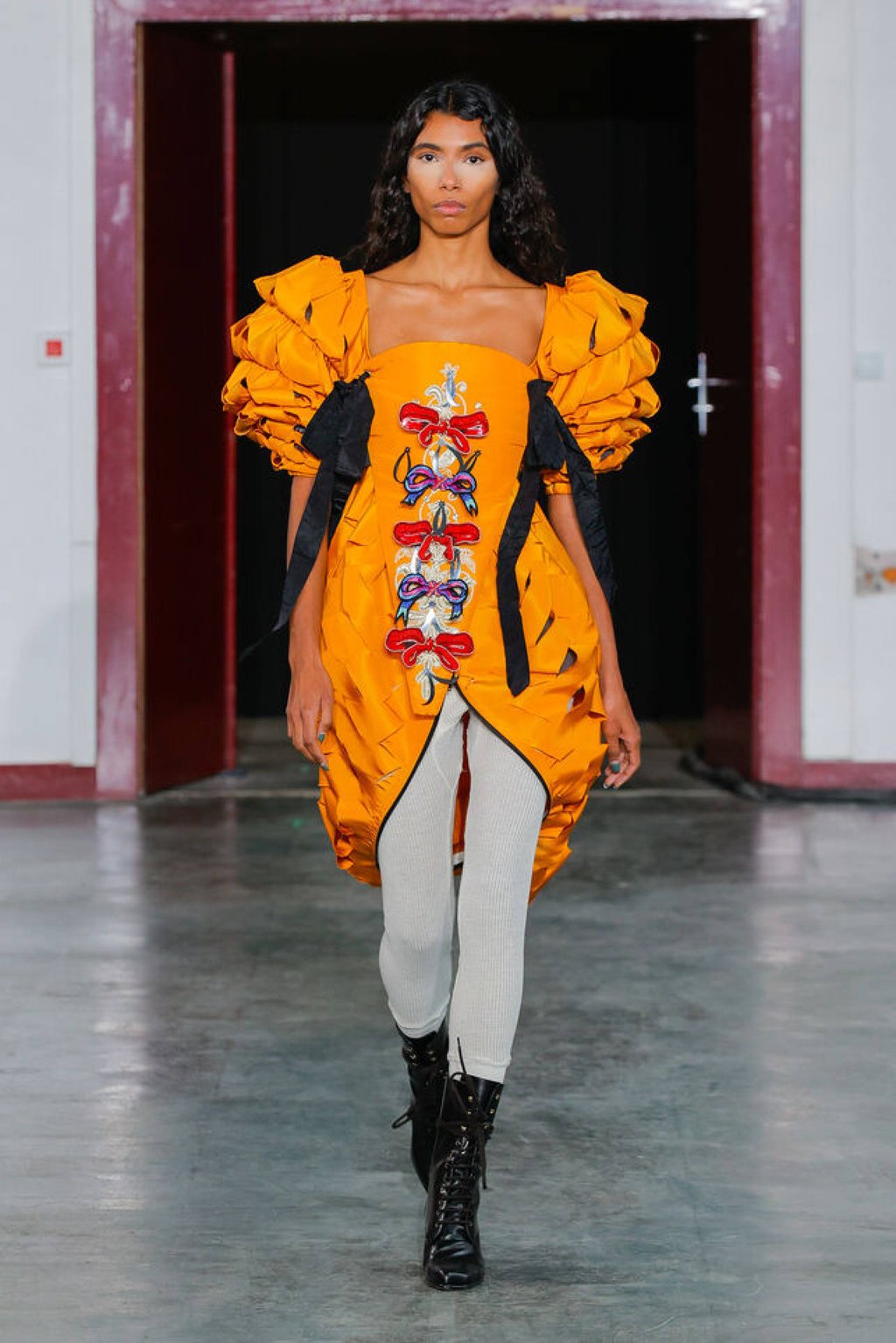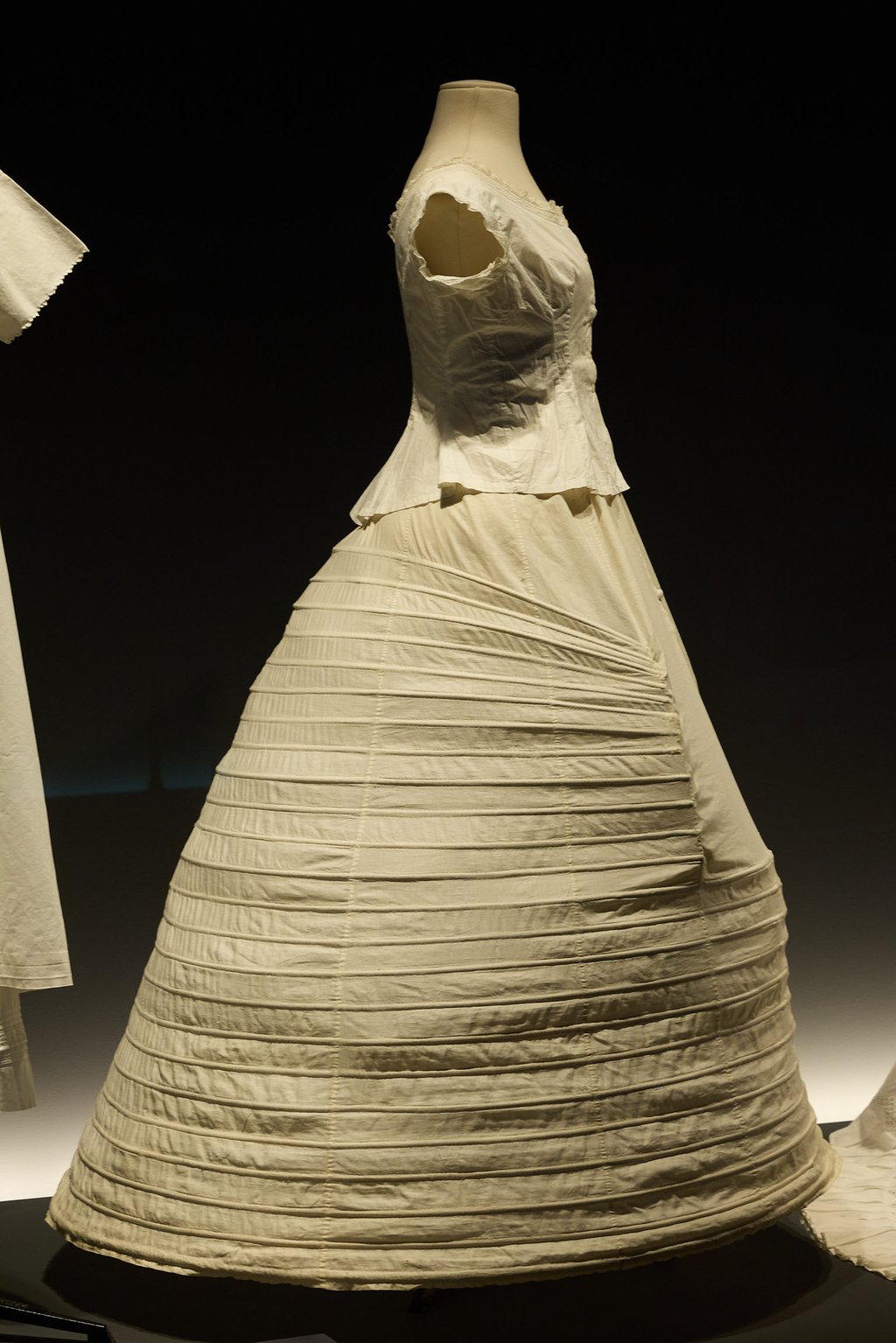From Napoleon to Vivienne Westwood: how 18th century court fashion still inspires at Paris Fashion Week
- Hong Kong Palace Museum’s ‘The Adorned Body’ exhibition affirms the cyclical nature of fashion, showcasing regal wardrobes that remain mirrored in today’s Parisian haute couture
- Pre-revolutionary French fashion comes to life in movie clips from Sofia Coppola’s Marie Antoinette and Luchino Visconti’s The Leopard

At the recent Paris Fashion Week, haute couture from the planet’s most renowned fashion houses was paraded and admired.
Not for the first time, collections and designs nodded to past trends, but this year, Vivienne Westwood’s always eclectic label (designed by Andreas Kronthaler) took direct inspiration from the courts of pre-revolutionary France.
Models sashayed as always, but the keen-eyed would have spotted on one outfit an 18th century accoutrement – the “stomacher”, a triangular panel made rigid with whalebone, filling the front opening of a dress. This ensemble was cut low at the front, leaving the collarbone exposed, the skirt a triangle high enough to entirely reveal the legs.

For those who missed the Westwood collection in Paris, one exhibition, at the Hong Kong Palace Museum, allows sartorial design to be unpicked for greater understanding of its history and continued influence. “The Adorned Body: French Fashion and Jewellery 1770-1910 from the Musée des Arts Décoratifs, Paris” also sheds light on the fascinating ways in which fashion and couture shaped the body and marked out the wearer’s social standing.
“Not only is it very rare to see these kinds of clothes, especially here in Hong Kong, but it is particularly interesting to have them in the Palace Museum, because it offers the possibility of comparing European and Chinese fashion,” says Dr Ingrid Yeung, associate curator at the Hong Kong Palace Museum, which jointly curated the show with the Musée des Arts Décoratifs.

The exhibition comprises nearly 400 objects, ranging from well-preserved dresses from more than two and a half centuries ago, to a vast and fascinating array of underclothing, known in fashion as foundational garments. Think lifting and constricting corsets, ample petticoats (which are soft) and crinolines (stiff or structured), and underskirts. Also on display are accessories such as shoes, fans, hats and jewels.
